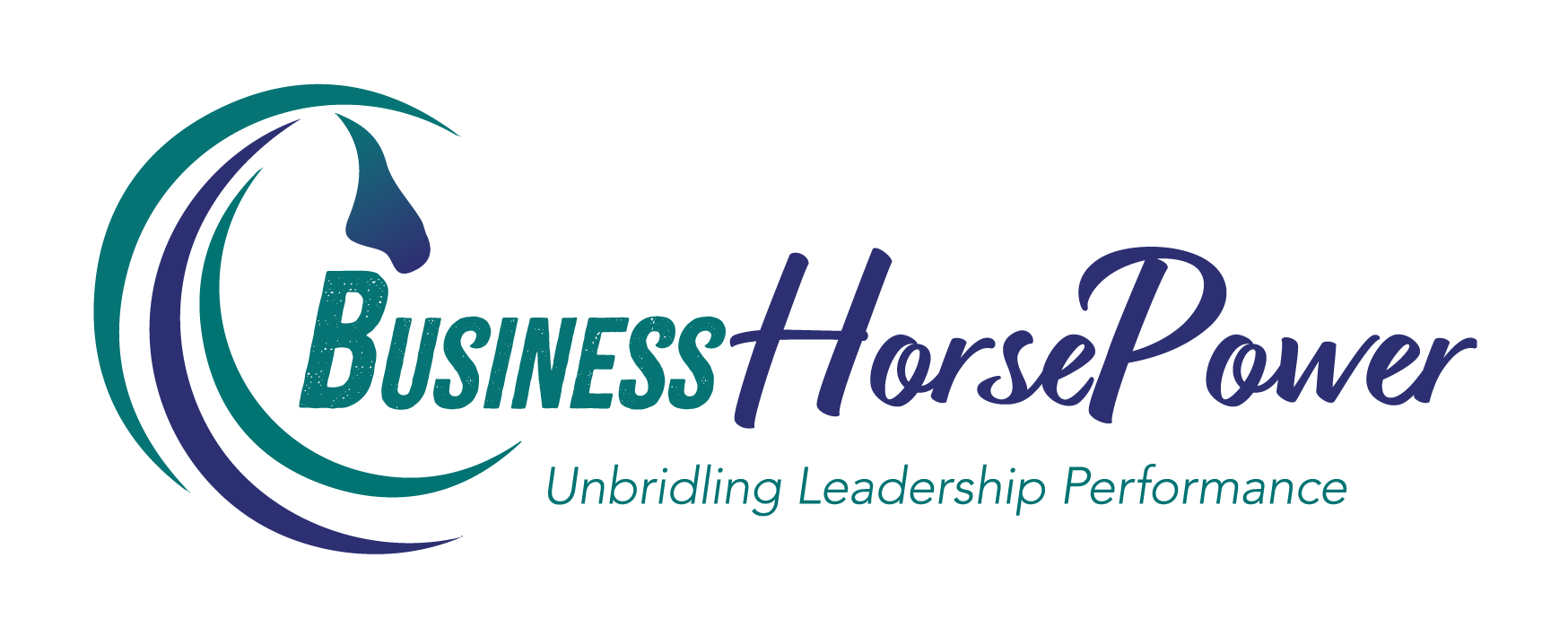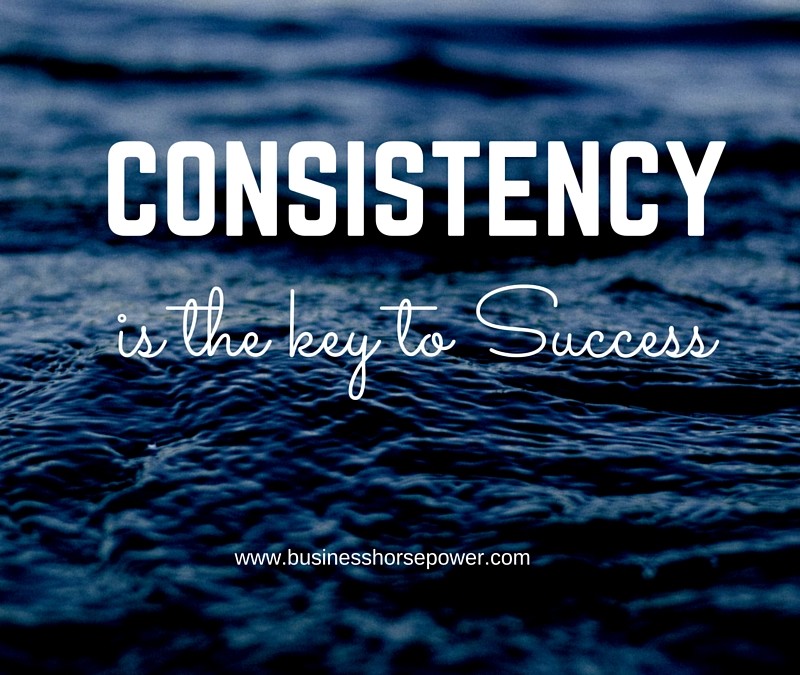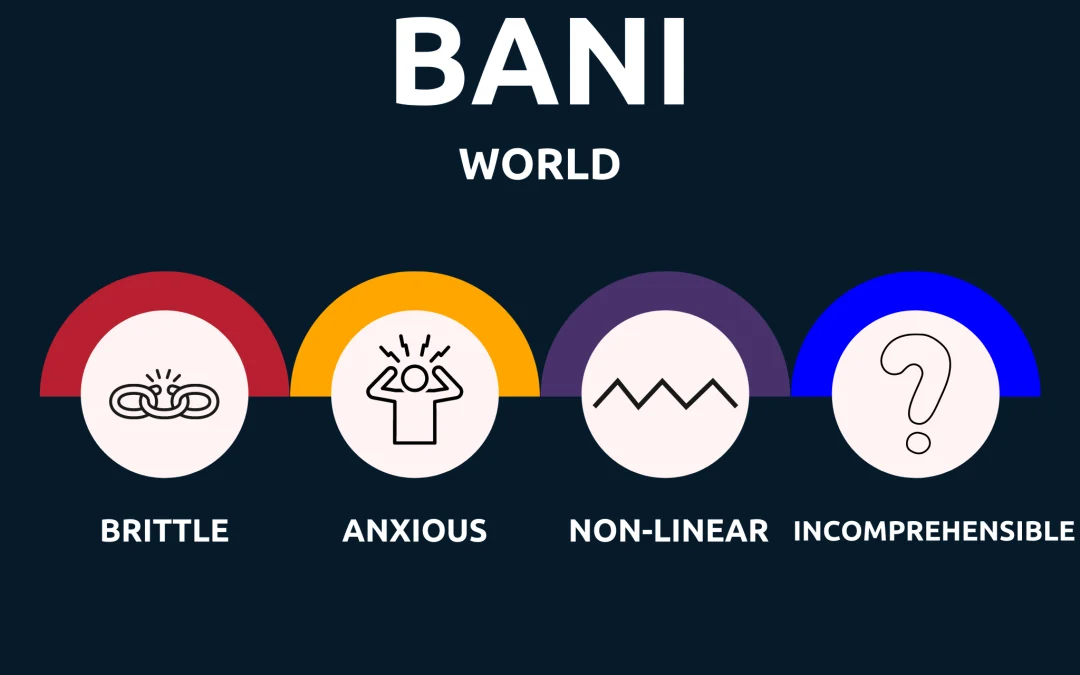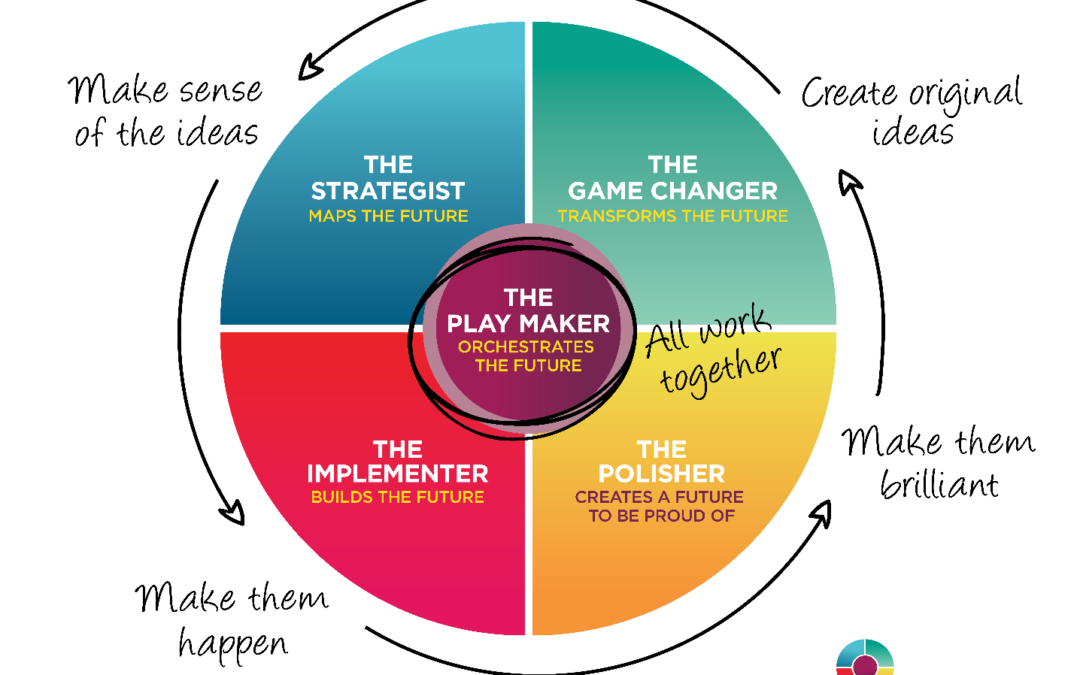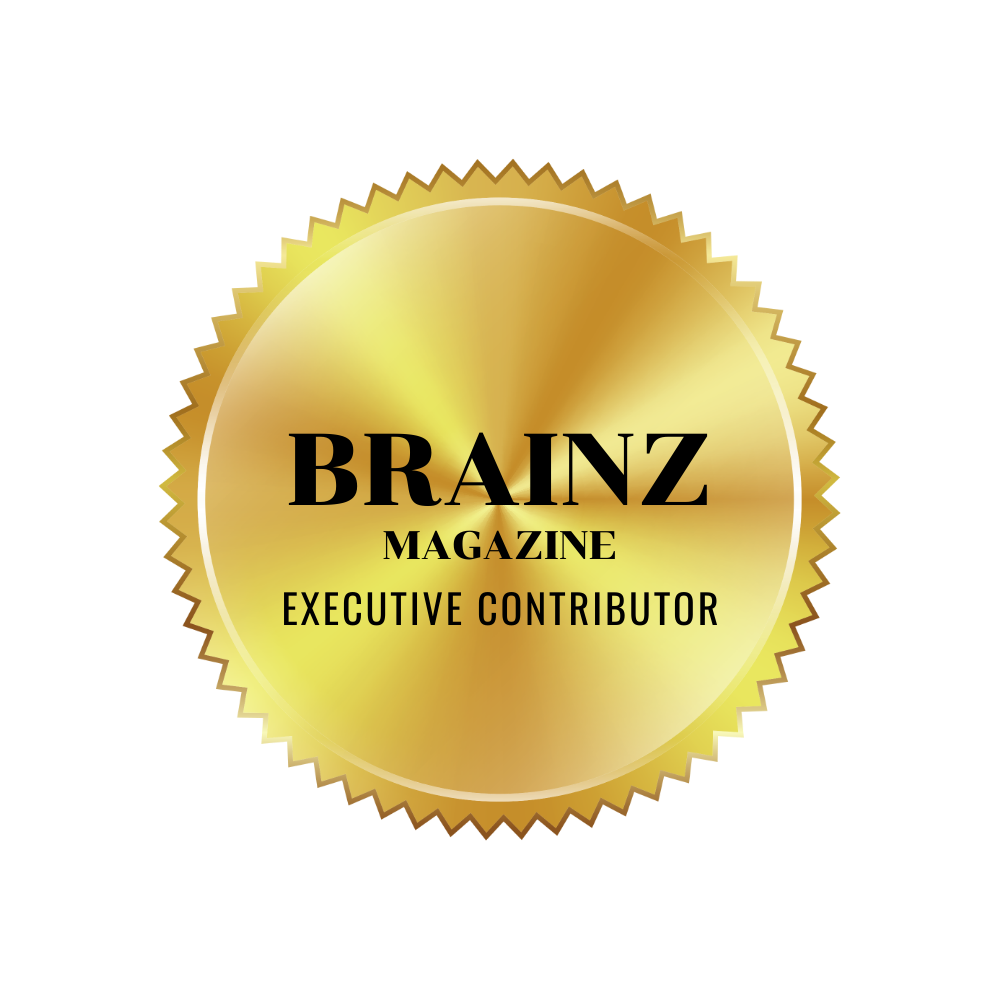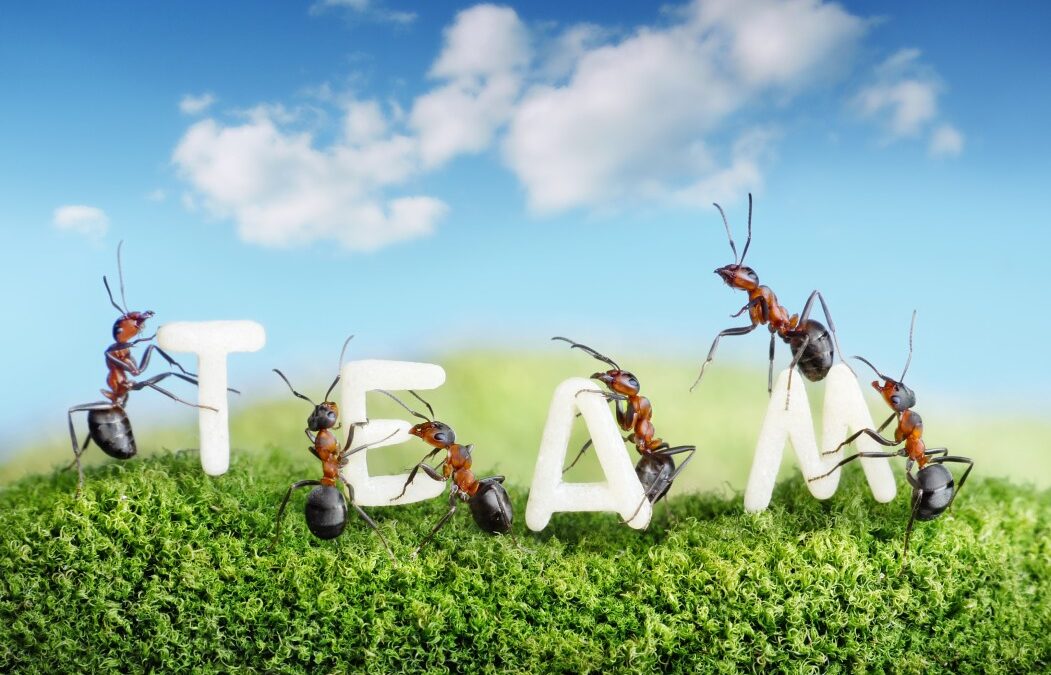
53 – Why Teamship is the Future of Leadership
Welcome to this week’s edition of Impactful Teamwork, where we’re reimagining the future of business leadership. Today I want to share a transformative concept that I believe will shape the next era of high-performance business: Teamship.
As businesses scale, the traditional top-down leadership model is rapidly becoming outdated. We need something more collaborative, more resilient, and radically more human. That’s where Teamship comes in—a new approach to leadership that puts the collective power of the team front and center.
What Is Teamship?
Teamship is a progressive, shared leadership model that emphasises collective ownership, mutual trust, and dynamic collaboration. Unlike the command-and-control structures that most businesses have inherited from military-style hierarchies, Teamship invites every team member to step up, lead from where they stand, and co-create outcomes.
Rather than relying on one heroic leader to make all the decisions, Teamship recognises that the best solutions arise when diverse voices contribute and when leadership is situational, shared, and earned.
Why Teamship Now?
The need for Teamship has never been more urgent. Business leaders today are facing:
-
Geopolitical uncertainty
-
Disruption from AI and automation
-
Climate instability
-
Rising expectations from younger, purpose-driven employees
These dynamics demand agility, adaptability, and alignment—qualities that Teamship fosters by design. The lone leader model simply can’t keep pace with the speed and complexity of today’s environment.
Action Step: Reflect on a recent business challenge. Could the outcome have been improved by broader input or shared responsibility? That’s the Teamship lens in action.
The Shift from Leadership to Teamship
For decades, leadership has been viewed as a role or title—something held by the few at the top. But in the world of scaling businesses that’s no longer effective. Leaders can’t possibly hold all the answers, especially when rapid growth creates new layers of complexity every day.
Teamship flips the script. It moves from:
-
Hierarchy to shared ownership
-
Control to trust
-
Individual brilliance to collective intelligence
“Everyone leads from where they stand.” — That’s the heart of Teamship.
Real-World Benefits of Teamship
When businesses embrace Teamship, the results speak for themselves:
1. Increased Engagement and Retention
Gallup reports that only 23% of employees globally are actively engaged at work. The root cause? A lack of trust, inclusion, and autonomy. Teamship reverses this trend by empowering everyone to lead and contribute meaningfully.
2. Faster Innovation and Problem-Solving
In high-trust environments where psychological safety is prioritised, teams feel free to explore, challenge, and innovate. With Teamship, you get faster decision-making because you’re tapping into the full range of your team’s collective creativity.
3. Greater Resilience and Agility
Shared leadership fosters more resilient teams. They recover quicker from setbacks and adapt more effectively because they’re not waiting for top-down direction—they’re already in motion.
4. Aligned Momentum and Reduced Burnout
When energy, trust, and curiosity flow freely across the team, performance is amplified and burnout is minimised. You create momentum without sacrificing wellbeing.
Challenges to Adopting Teamship
Let’s be real—this shift isn’t always easy. Here are a few obstacles I see business leaders face when transitioning to Teamship:
1. Letting Go of Control
This is often the hardest step. Many leaders fear that stepping back means losing influence, but in reality, the opposite is true. As I often say, horses don’t follow force—they follow presence, clarity, and trust. And human teams are no different.
Action Step: Identify one area where you can delegate more ownership this week. Observe what shifts in engagement and initiative as a result.
2. Lack of a Clear Framework
Many teams know they want more collaboration, but they don’t know how to achieve it. That’s why I created the Unbridled Teamship Roadmap—a step-by-step model rooted in natural herd dynamics and modern leadership science.
3. Cultural Resistance
Teamship challenges the status quo. It calls for a disruption of traditional power dynamics and ego-driven behavior. That kind of transformation needs courageous role-modeling from senior leaders.
4. New Skills Are Required
Teamship requires emotional intelligence, communication, and self-awareness—not just from the leader, but from every team member. My experiential coaching sessions with horses are designed to accelerate the development of these crucial skills by making the invisible visible.
Action Step: Prioritise team training that develops emotional intelligence and self-awareness alongside technical skills.
The Three Pillars of Teamship
To embed Teamship in your organization, focus on activating these three powerful levers:
1. Trust
Trust is the foundation of high-performing teams. It’s built through authenticity, consistency, and empathy. Without psychological safety, collaboration stalls.
Action Step: Introduce regular “trust check-ins” during team meetings to surface hidden concerns and strengthen connection.
2. Energy
Teamship honors energy as a strategic asset. That means recognizing the importance of rest, renewal, and sustainable performance—just like horses who expend energy when needed and then return to grazing to recover.
Action Step: Build intentional recovery time into your team’s workflow—whether it’s a no-meeting day, mindfulness moments, or short walking meetings.
3. Curiosity
Curiosity fuels reinvention and learning. In Teamship cultures, questions are valued more than assumptions, and experimentation is encouraged.
Action Step: Start your next team meeting by asking, “What are we curious about this week?” Then explore the answers together.
From Control to Connection: The Call to Action
Teamship isn’t a buzzword—it’s a paradigm shift. It’s about moving from control to connection, from independence to interdependence, and from silos to synergy.
If you’re scaling a firm, embedding Teamship can unlock the momentum you need to grow sustainably, while keeping your people engaged and your purpose intact.
So what’s one action you will take this week to start applying Teamship in your business?
Take the First Step: Discover Your Teamship Score
If you’re ready to explore how Teamship could transform your business, start by taking my free diagnostic: Turbocharge Your Team Quiz. It’s based on the Unbridled Teamship Roadmap and will give you personalised insights into where your team stands across the nine accelerators and three levers of Teamship.
Once you’ve completed the quiz, you’ll be invited to book a Turbocharge Your Team Audit, where we’ll explore how to bring these principles to life in your organisation.
Show Notes:
Here are the highlights from this episode:
00:00 Introduction to Impactful Teamwork
00:26 Welcome to the Podcast
01:42 Introduction to Teamship
02:15 The Evolution from Leadership to Teamship
05:41 Defining Teamship
07:27 The Urgent Need for Teamship
12:54 Challenges in Implementing Teamship
15:55 Business Benefits of Teamship
18:06 Core Pillars of Teamship
19:55 Conclusion and Next Step

Julia Felton (aka The Business Wrangler) is the founder of Business HorsePower. Business leaders, entrepreneurs and executives hire her to accelerate their business performance by harnessing the energy of their people to work more collaboratively together. By aligning purpose with actions the team achieves exponential results as everyone starts pulling in the same direction.
Julia believes that business is a force for good and through designing purpose-driven businesses that leverage the laws of nature, and the herd, you can create businesses founded on the principles of connection, collaboration and community that make a significant impact in the world.
